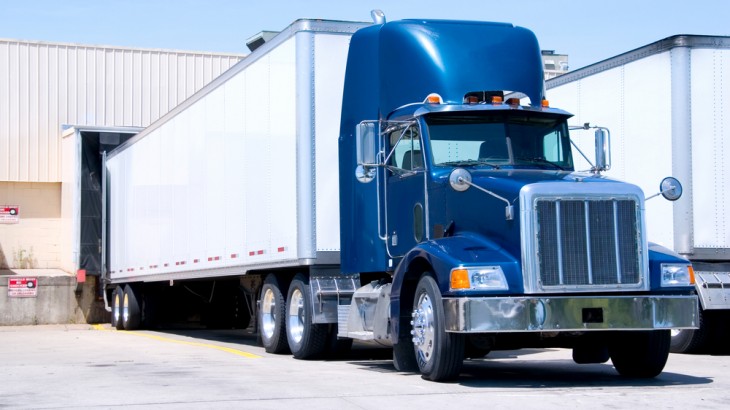When we’re talking to shippers, we often hear them remark about the FAK they have in place, referencing it as if it is the end all be all of pricing benchmarks. However, as many industry experts would attest, an FAK pricing mechanism isn’t always the best strategy for your business- and could even be hurting it.
What is an FAK?
In LTL Freight, every commodity has a specific “Classification” or “Class” associated with it. The National Motor Freight Traffic Association (NMFTA) is responsible for identifying and classifying every commodity with one of 18 values ranging from 50-500. Every variable is considered to determine the overall move-ability of the freight, going as in-depth as to whether the product is new, used, boxed or unboxed, etc. As the class increases, the cost to ship increases to accommodate the more difficult freight. The idea behind an FAK (Freight All Kinds) was to choose one class that averaged the items being shipped so that the price was fair for both shipper and carrier. Simply, an FAK is a pricing strategy that allows for multiple commodities to be shipped at the same freight class.
FAK’s from the Carriers Perspective
While FAK’s were originally viewed as beneficial for both parties, many shippers figured out how to manipulate the system and carrier Operating Ratios (O/R’s) took a serious hit since they were being exposed to a risky and broad mix of commodities. As carriers became more aware of abuse to the pricing mechanism, shippers deploying these strategies began to see their discounts suffer so carriers could adjust for the unpredictability.
What are some instances when FAK’s are a good idea?
When you ship lots of mixed pallet freight. When shippers load lots of different commodities onto a single pallet, the product with the highest freight classification determines the class of the entire pallet. As a result, shippers who are guilty of this should focus on negotiating an FAK with their carriers to simplify the classification process.
When your freight is traditionally of a lower freight class. Carriers are more likely to flex and bend on negotiating FAK mechanisms for lower class shippers, since the O/R’s are better for lower classed freight. If you ship a majority of your volume between classes 50-100, an FAK may be a great strategy.
You ship a lot of one specific commodity that happens to be density based. More than ever, many products find themselves being classified as “density based commodities,” meaning you could ship two pallets with the exact same product, but the weight and dimensions of each pallet will likely result in them being classified differently. The PCF, or Pounds per Cubic Foot, calculation determines this. Industrial distributors who focus on a specific product category are a prime example, and should negotiate an FAK to streamline freight processing and booking.
When doesn’t it make sense to utilize an FAK?
As discussed above, carriers are oftentimes shying away from FAK’s or dissuading shippers from the idea by worsening their discounts or increasing the minimum charge. Below are four examples of when not to use an FAK pricing structure.
When you ship material at all freight classes, but the majority of it is in the lower classes. If you’re shipping product at all freight classes, but a majority of it is classed low, an FAK probably isn’t the best idea for your business. While you could focus on negotiating a tiered FAK strategy (only negotiating an FAK for your product class 50-100, for example) carriers aren’t going to be eager to lump high-classed freight into an appealing FAK- even if it only constitutes a small amount of the volume. As a result, your high-class freight is going to skew the FAK upwards and you may actually end up over-classing a majority of your freight.
When you only ship a few different commodities that are spaced over a large class spread. Shippers who ship a very low variety of commodities that are spread all over the classification system also would likely want to shy away from an FAK. For example, if you ship three product types, one class 50, one class 250 and another 500- you likely only risk over-classifying your freight than under. Furthermore, with such a limited product mix, the benefits of a streamlined classification process that are gained from an FAK likely don’t apply.
When the material you ship is high in value. Shippers with high value or expensive commodities can sometimes get themselves in trouble when it comes to claims if an FAK is implemented. Oftentimes carriers will only be responsible for the price per pound on the freight class being paid. In other words, if you ship a material with a class of 250 and the FAK brings it down to a class 70, damage claims would result in carriers only being liable for the commodity at class 70- which could lead to a loss.
When you have a system that can rate shipments at multiple classes. Implementing a Transportation Management System (TMS) can significantly mitigate the need from an FAK because of its ability to dynamically rate shipments of multiple classes, oftentimes with built in PCF calculators for density based products.
Over the long term, a TMS can also give you access to the types of reporting and data you need to understand what your commodity profile and freight classifications actually are- driving the analysis behind whether an FAK could be right for your business. If you’re interested in getting a no-cost analysis of your LTL profile, get in touch with us today!

